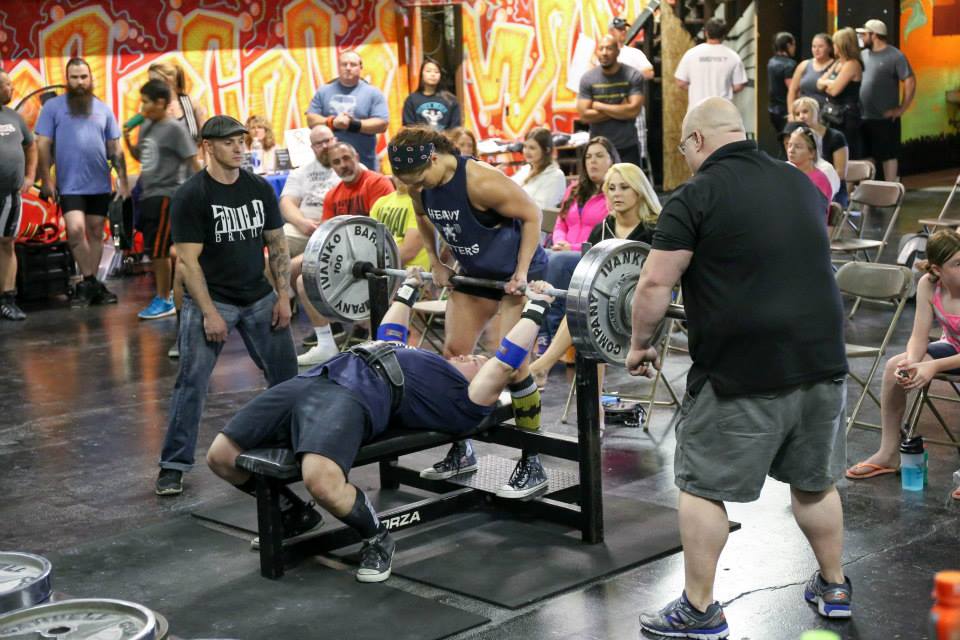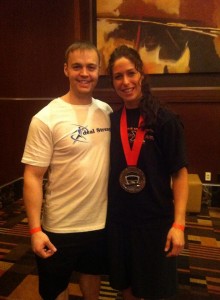“Knees out!”
“Tuck the elbows!”
“Get tight!”
“Drive!”
“Chest up!”
“Bend the bar”
A cue is defined as a signal for action. In coaching, a cue is a simple reminder to perform an action that was previously discussed between a coach and athlete. All of the above cues can work great, but they can also work horribly. The difference in whether or not a cue is good or bad is the athlete’s understanding or interpretation of what that cue is telling him/her to do.
If a coach has not made sure that his/her athlete has a mutual understanding of what the intention is behind the cue that is being used, it is essentially useless. For example, the “knees out!” cue for the squat; the athlete may interpret this cue literally as pushing his/her knees out as far as possible. The coach may have intended this to be a reminder to apply torque through the hips by externally rotating the hip while rooting the feet to the floor. The simple interpretation by the athlete can lead to a lack of tension/activation of the hips and rolling the pressure onto the outsides of the feet all while trying to move the knees out as he/she was told.
Another example would be to “bend the bar” during the bench press. The goal of this cue should be to create torque and to engage the lats during the bench press. The literal interpretation that the athlete may have of “bending the bar” may be limited to turning the wrist as if to snap a twig. Obviously the latter is going to be much less useful when it comes to pressing heavier weights and will most likely become a limiting factor in getting stronger.
More to that, to an untrained coach’s eye, this may LOOK the same as if the athlete was accomplishing what the coach has intended although the outcome is very different. This is the coach’s fault. The coach should have either A) explained the cue and the expectation more clearly or B) chosen another verbal cue that makes sense to the athlete.
What I have found to work best when coaching others is to first explain the key principles that you are trying to achieve through a certain technique. For the powerlifts, this usually starts with cueing the trunk and proximal joints (shoulders, hips) into position and explain their role throughout the movement. Following that the distal segments (feet, hands) are addressed, and finally the action(s) that drives the movement. Generally speaking, if you focus on the proximal and then the distal, the elbows and knees will often “fall into place” and will not require additional coaching or cueing.
With this method, I try to use as few cue’s as possible to achieve what I am asking of my athletes. The less cues that a coach uses, the less clutter in the athletes’ mind. It amazes me when I go to a powerlifting meet and you can hear some coaches yelling ten different things to their athletes and then expect them to remember it all and perform at their best.
Coaching is an art and not every athlete learns the same way. There will be people that are very literal and will try to do exactly as they are told through cueing. It is important that they, the athletes, understand and interpret the coaches’ cues correctly in order for the cue to be effective. Instead of using generic cues that may or may not be effective, coaches should develop and refine a coaching language of their own that coincides with their teachings techniques and find a way to adapt and apply it to every athlete they work with.


